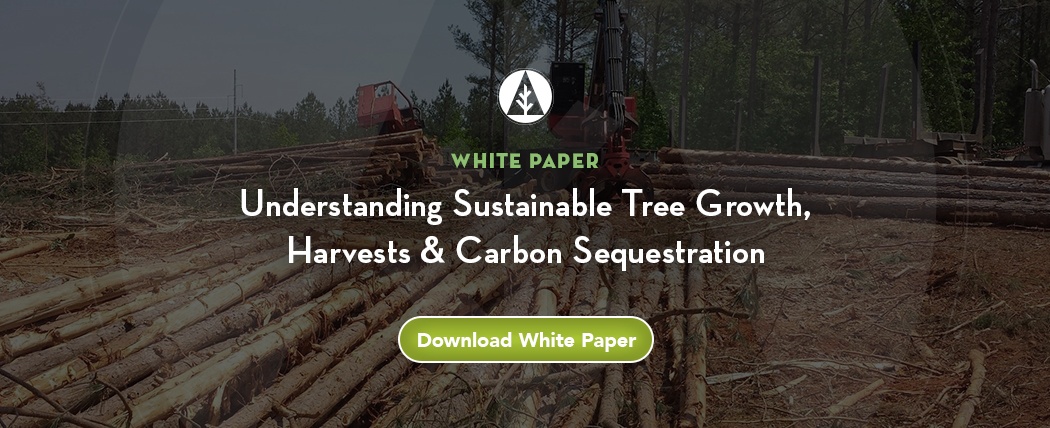4 min read
USFS Offers Ambitious Plan for Confronting Wildfire Crisis. Can It Succeed?
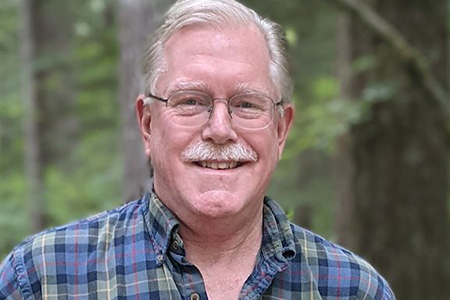 Steve Wilent
:
February 15, 2022
Steve Wilent
:
February 15, 2022
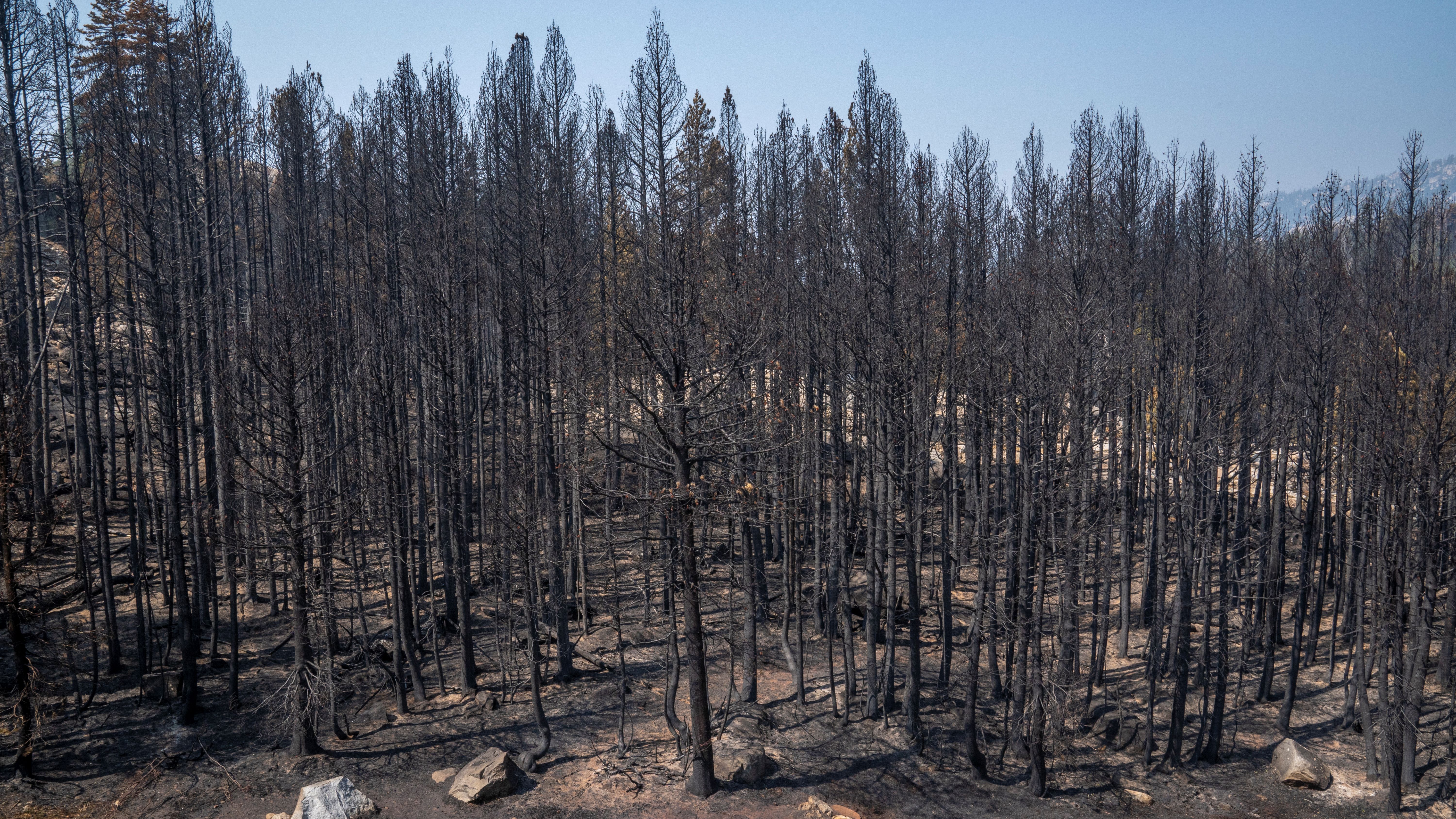
Although the story may have been overshadowed by news of the surge of the omicron variant of Covid-19 and Russia’s positioning of an army just across the border with Ukraine, the US Forest Service, along with its parent agency, the Department of Agriculture, announced in January a bold plan for “Confronting the Wildfire Crisis” in the US. Subtitle: “A Strategy for Protecting Communities and Improving Resilience in America’s Forests.”
In a press release announcing the strategy, Agriculture Secretary Tom Vilsack and Forest Service Chief Randy Moore said that nearly $3 billion would be available via the Infrastructure Investment and Jobs Act of 2021 “to reduce hazardous fuels and restore America’s forests and grasslands” and to make “investments in fire-adapted communities and post fire reforestation” over the next 10 years.
The $3 billion in funding, they said, “[W]ill be used to begin implementing this critical work.” Emphasis added.
Although numerous news reports stated that $50 billion had been committed to carrying out the strategy, that figure is an estimate of the anticipated costs over 10 years: $20 billion for additional fuels and forest health treatments on Forest Service lands and $30 billion for the work on non–Forest Service lands, according to a Forest Service spokesperson. In other words, additional funding is by no means guaranteed: Congress will need to allocate funding beyond the $3 billion authorized by the Infrastructure Investment and Jobs Act.
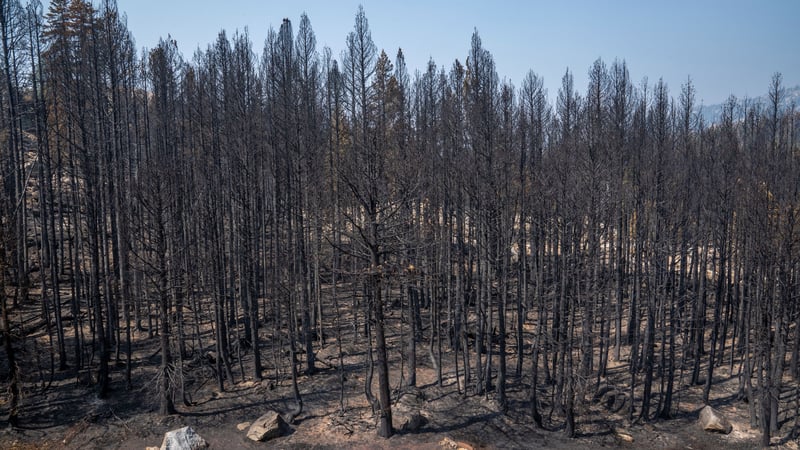 An overcrowded stand burned by the 2021 Caldor Fire near South Lake Tahoe, California. Photo: Cecilio Ricardo/US Forest Service.
An overcrowded stand burned by the 2021 Caldor Fire near South Lake Tahoe, California. Photo: Cecilio Ricardo/US Forest Service.
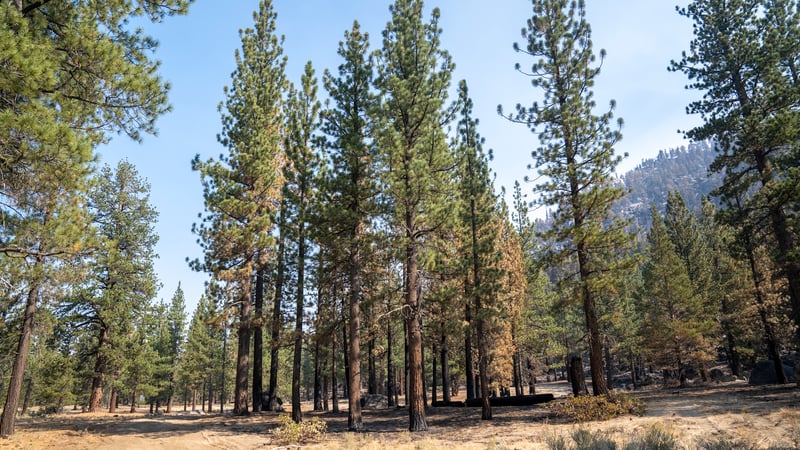 This area thinned fared well during the fire. Photos: Cecilio Ricardo/US Forest Service.
This area thinned fared well during the fire. Photos: Cecilio Ricardo/US Forest Service.
Now, $3 billion may sound like a lot of money, but consider that the Forest Service alone spent an average of nearly $2 billion per year on fire suppression from 2016 to 2020. Total federal fire suppression expenditures during the five-year period averaged $2.35 billion per year, according to the National Interagency Fire Center.
The press release offers an ambitious agenda:
The Forest Service will work with other federal agencies, including the Department of the Interior, and with Tribes, states, local communities, private landowners, and other partners to focus fuels and forest health treatments more strategically and at the scale of the problem, based on the best available science.
The strategy highlights new research on what Forest Service scientists identified as high risk “firesheds”—large, forested landscapes with a high likelihood that an ignition could expose homes, communities, infrastructure and natural resources to wildfire. Firesheds, typically about 250,000 acres in size, are mapped to match the scale of community exposure to wildfire.
The Forest Service will use this risk-based information to engage with partners and create shared priorities for landscape scale work, to equitably and meaningfully change the trajectory of risk for people, communities and natural resources, including areas important for water, carbon and wildlife.
The groundwork in this new strategy will begin in areas identified as being at the highest risk, based on community exposure. Additional high risk areas for water and other values are being identified. Some of the highest risk areas based on community exposure include the Pacific Northwest, the Sierra Nevada Range in California, the front range in Colorado, and the Southwest.
The strategy calls for the Forest Service to treat up to an additional 20 million acres on national forests and grasslands and support treatment of up to an additional 30 million acres of other federal, state, Tribal, private and family lands. Fuels and forest health treatments, including the use of prescribed fire and thinning to reduce hazardous fuels, will be complemented by investments in fire-adapted communities and work to address post-fire risks, recovery and reforestation.
Focusing on the firesheds where wildfires pose the greatest risk to people, property, and resources is a smart strategy and will make sense to the general public. This clarity will be especially important when anti-forest-management groups raise objections and lawsuits, some of which will likely claim that fuels and forest health treatments are massive industrial logging projects in disguise. Other groups have voiced support.
“With the release of its new wildfire strategy, the US Forest Service is beginning to scale up efforts to address the growing wildfire threat across 50 million acres of the highest at-risk western landscapes,” said Cecilia Clavet, a senior policy adviser with The Nature Conservancy, in a press release. “As each wildfire season is likely to be worse than the last, we need more investment in forests and rangelands. Additional funding will increase the resilience of these lands to catastrophic wildfires, reduce risk to communities, and ensure people are empowered and prepared to live safely with fire.”
Notice the “beginning to scale up efforts.” If the plan’s goals are to have a chance of success, the agency needs at least $3 billion per year over 10 years to adequately treat just the Forest Service lands—$30 billion—let alone state, private, and tribal lands, as well as other federal lands, such as the vast area managed by the Bureau of Land Management.
Even if additional funding is forthcoming, will the Forest Service be able to beef up its staff to handle all the environmental planning for treating up to an additional 20 million acres on national forests and grasslands? And to support treatment of up to an additional 30 million acres of other federal, state, tribal, private, and family lands? And managing the contracts and contractors needed to perform the work?
Will it be able to find enough contractors? And buyers for the logs and fuels to be removed?
“Hiring and Retention in the US Forest Service Is a Growing Issue” was the title of a May 20, 2021, Wildfire Today article, in which editor Bill Gabbert focused primarily on a shortage of firefighting personnel. Overall, the agency has nearly 30,000 employees, down from about 35,000 in the 1990s. With the dramatic increase in fire suppression, the agency has added firefighting staff, but the number of non-fire employees has declined. The agency has 38 percent fewer non-fire employees today than it did 20 years ago, explained Chief Moore in September 2021 testimony before Congress. The plan is unlikely to succeed without many more non-fire boots on the ground and on regional, forest, and district planning staffs.
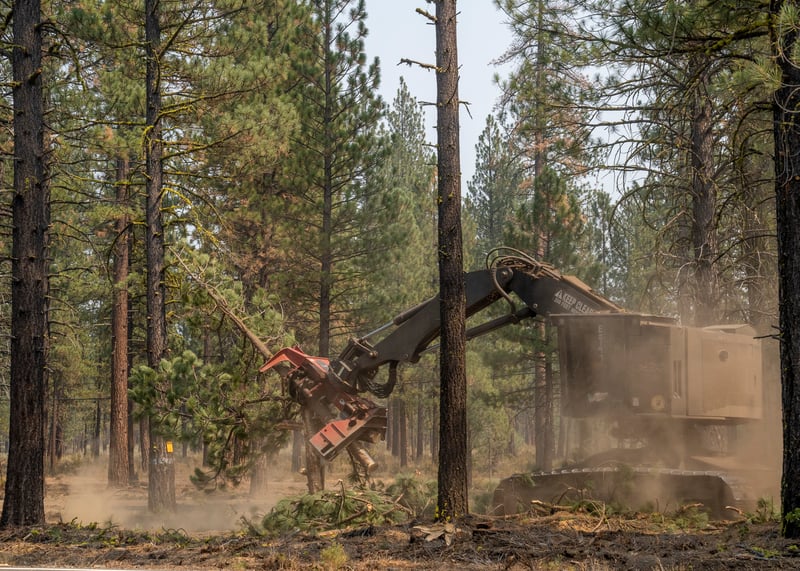 A feller-buncher working to create a fire break during the 2021 Dixie Fire on the Lassen National Forest in California. Photo: Cecilio Ricardo/US Forest Service.
A feller-buncher working to create a fire break during the 2021 Dixie Fire on the Lassen National Forest in California. Photo: Cecilio Ricardo/US Forest Service.
Aside from questions about funding, staffing, and contracting, the Forest Service’s strategy for confronting the wildfire crisis is a sound one. It addresses some of the key issues raised in Michael T. Rains’ call to action to address wildfire as a “national emergency” and my “Responding to an Age of Megafires” editorial, both in the October 2021 edition of NRM Today.
The wildfire crisis has been brewing for many years. In a speech nearly two decades ago, Forest Service Chief Dale Bosworth said, “The underlying issue is that so many of our fire-dependent ecosystems have become overgrown and unhealthy. In my view, the answer is to restore ecosystems before the big fires break out. Where fire-dependent forests are overgrown, we’ve got to do some thinning, then get fire back into the ecosystem when it’s safe.”
Delay, especially through a lack of funding from Congress, will only intensify the crisis.
This piece was originally published in the February 2022 edition of Natural Resources Management Today (NRM Today). Steve Wilent is Editor of NRM Today, a monthly digital newsletter for North American natural resources professionals who manage fish, forests, range, water, wildlife, and other resources, as well as for the people who depend on or enjoy these resources.


